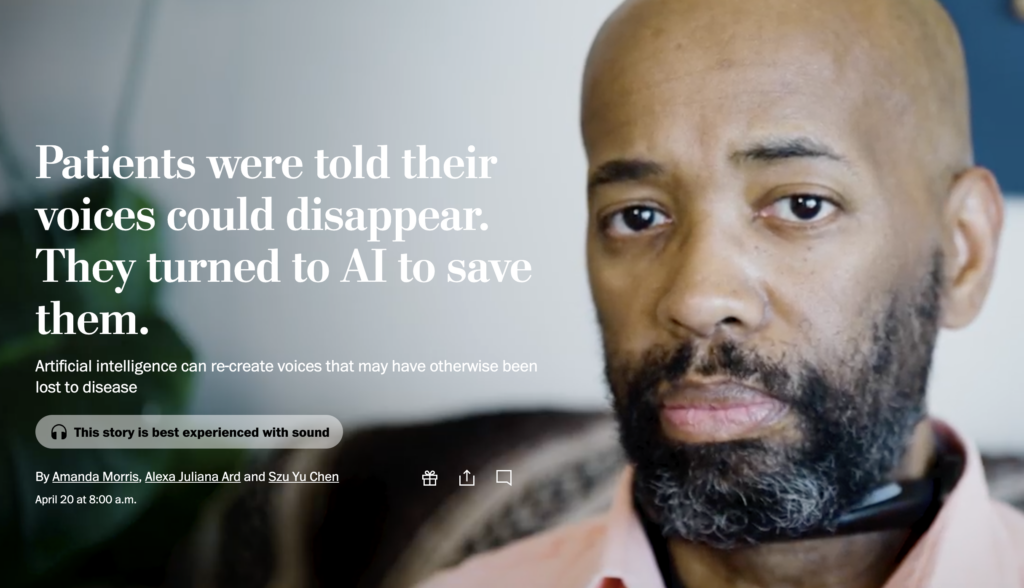Tag
disability
-
ALS patients are using AI to preserve their natural voices. Here’s how one reporter covered it
Washington Post disabilities reporter Amanda Morris shares how she reported on artificial intelligence programs allowing people who have ALS to…

-
New data section offers statistics and info on disability in America
What do depression, diabetes, dyslexia, prosthetics, hearing loss, obesity and heart disease all have in common? All are considered disabilities…

-
What’s being missed in coverage of Medicaid work requirements
The Trump administration in January gave a long-expected approval for states to proceed with work requirements for their Medicaid beneficiaries,…

-
New tip sheet offers assistance in covering LGBT aging issues
Covering LGBT aging can be an exercise in frustration for journalists. Though more older adults are living openly as LGBT…

-
•
NPR explores the right to at-home care for disabled patients
When it comes to summarizing the NPR news investigation “Home or Nursing Home,” you really can’t do much better than…

-
•
Calif. SSI payouts insufficient, lacking in oversight
Capital Public Radio’s Kelley Weiss explored how cuts to California’s Supplemental Security Income were impacting older disabled Californians and, in…





